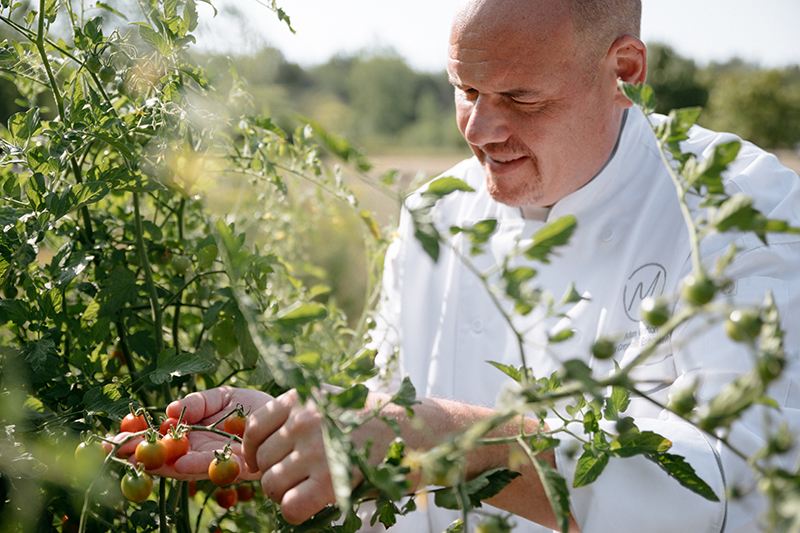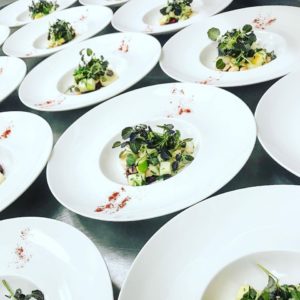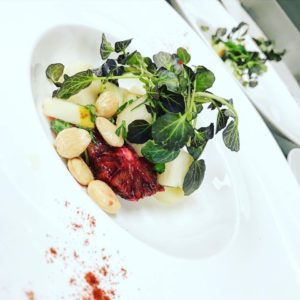
How Residents Are Changing Standards to Be More Transparent and Authentic
By: Adam Grafton, Senior Corporate Executive Chef
 With over 20 years of experience as a chef in senior living, I’ve seen the expectation and desires of residents change dramatically. I remember the days where seniors wanted simple foods, with the focus on flavor and temperature. Over the years, this has shifted with generations and we’re now seeing the need for authentic, transparent and personalized experiences.
With over 20 years of experience as a chef in senior living, I’ve seen the expectation and desires of residents change dramatically. I remember the days where seniors wanted simple foods, with the focus on flavor and temperature. Over the years, this has shifted with generations and we’re now seeing the need for authentic, transparent and personalized experiences.
This shift is due to the overall shift in our food culture. The rise of several TV shows, connectivity through social media and the web, along with the additional knowledge of how food affects our way of living a healthy life has shaped this mindset. As we see a generational change in our communities, we’re also seeing the influence their adult children play a role in how the industry standards are changing. One of the most common factors when making a living decision is transparency.
 Transparency of ingredients—where our food is coming from, what ingredients are being used, and open lines of communication into the production process—are now shaping our dining programs. Residents want to know more about the calories being consumed, whether or not artificial coloring and flavoring is used, and how ingredients tie into health benefits.
Transparency of ingredients—where our food is coming from, what ingredients are being used, and open lines of communication into the production process—are now shaping our dining programs. Residents want to know more about the calories being consumed, whether or not artificial coloring and flavoring is used, and how ingredients tie into health benefits.
Authenticity of our ingredients—as it pertains to Global-inspired foods or regional foods—is also extremely important in order to provide an accurate representation of taste, texture and presentation. The days of serving a simple, Italian pasta station are no longer acceptable. We must be more authentic by specifying the region of Italy, ingredients indigenous to the region, authentic recipes, technique, and most importantly telling a story.
